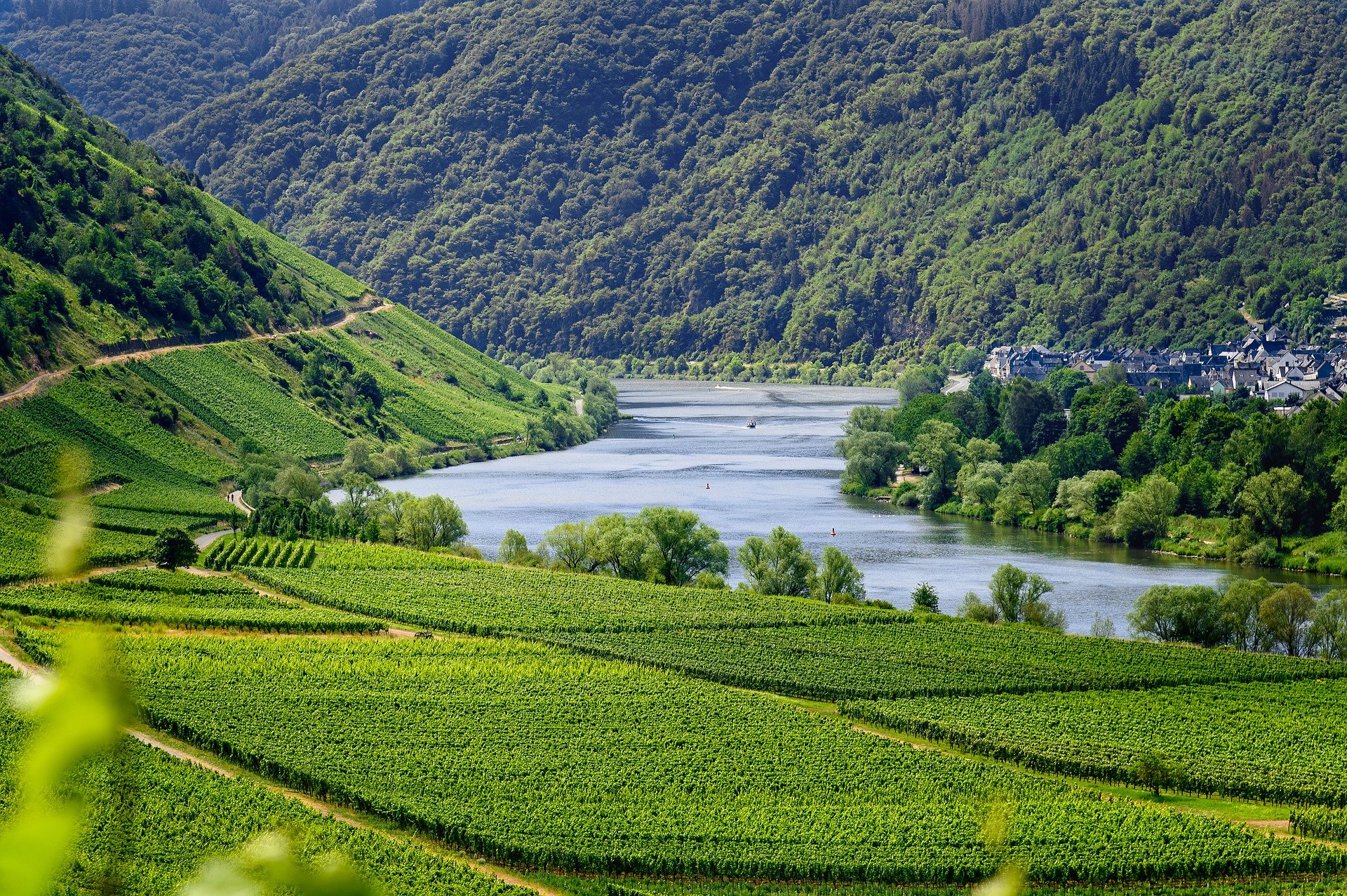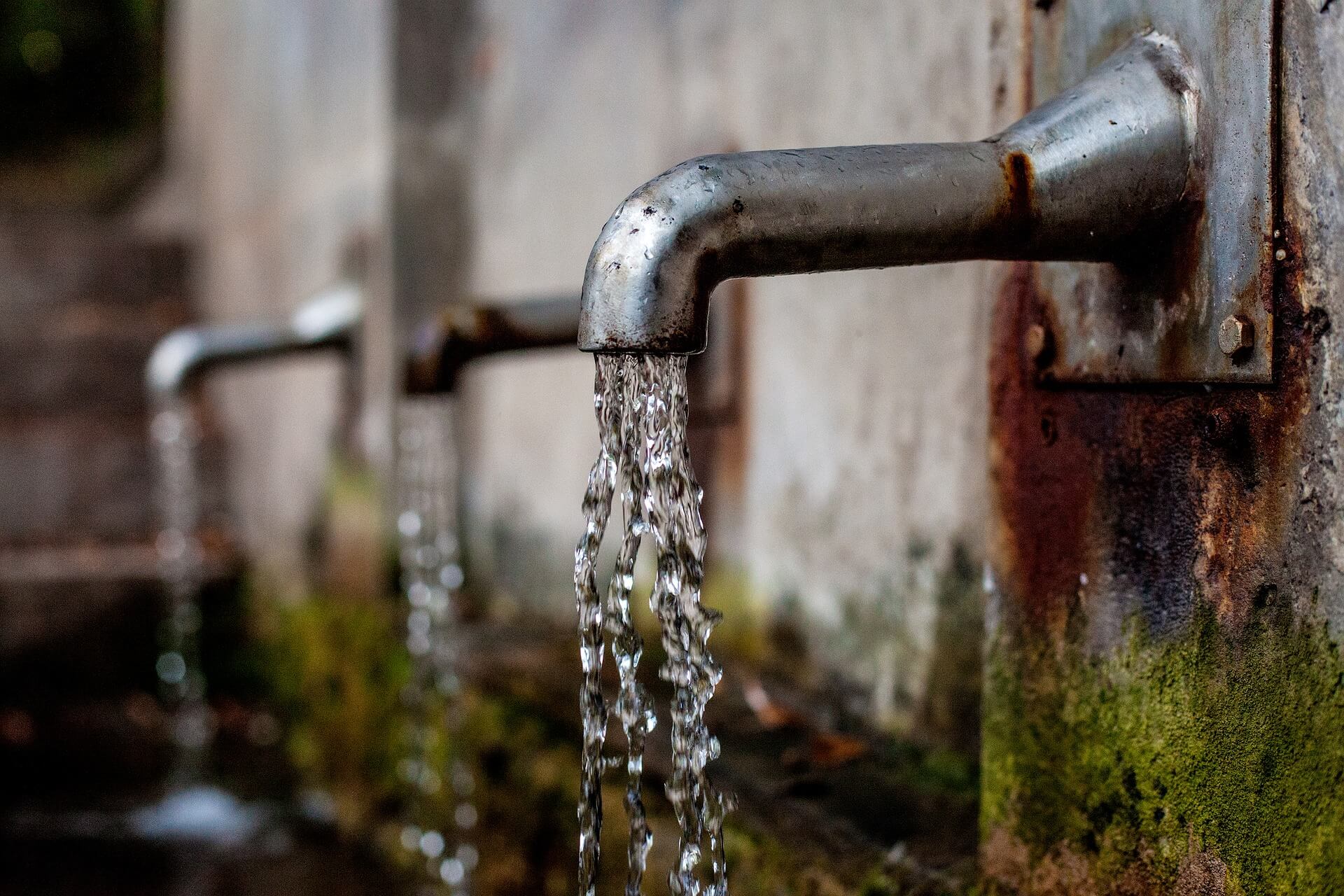
Having information about runoff volumes, land use, soil properties, precipitation, and temperatures is essential in order to better assess the water management effects of climate change on the water cycle in Germany. It can also aid in developing methods for forecasting hydrological events and assessing their risks, and in better evaluating hydrological extremes like floods and low-water periods. CAMELS (Catchment Attributes and MEteorology for Large-sample Studies) datasets combine such data to enable modeling and data analysis for different landscapes, writes the Karlsruhe Institute of Technology in a press release.
“With the CAMELS-DE dataset, we aim to make it easier to perform hydrological analyses across the German federal states,” says Dr. Ralf Loritz of the hydrology department at KIT’s Institute for Water and River Basin Management, who is working with researchers from the University of Freiburg, Kiel University, the German Research Centre for Geosciences and other German institutions to set up the database. “In the environmental sciences, state and national borders always mean different jurisdictions and often limited data availability, both of which hamper hydrological research.”
CAMELS-DE Combines Hydrological and Meteorological Data
CAMELS datasets combine landscape attributes such as land use, geology or soil properties with hydrological and meteorological time series for water levels, runoff, precipitation, temperature, evaporation, etc. In this way, they provide a way to compare models and data analyses for a variety of heterogeneous land areas and assess their hydro-meteorological variability and changes over time and space.
“In CAMELS-DE, we want to assemble long time series of water level and runoff volumes that are consistent for all German states. Using the relevant catchment area boundaries, we will also generate meteorological time series from publicly available data gathered by the National Meteorological Service and integrate that into the dataset,” Loritz says. “We’re using the CAMELS datasets already published by other countries as a template. And we want to add attributes like floods and low-water levels that are of particular relevance for Germany.”

The researchers plan to publish the first datasets in the spring of 2023. To follow up, they seek a long-term collaboration with state and federal agencies to minimize the future costs of gathering data, integrate the data into teaching, improve communication among research groups, and simplify the sharing of results. “We teamed up in 2022 with a vision of creating an improved baseline of relevant hydro-meteorological data in Germany for both the national and international hydrology community,” Loritz says.
Hydrology as the Foundation of Sustainable Water Management
Work on the database at KIT is financed as part of the project “ViTamins – Invigorating Hydrological Science and Teaching: merging key Legacies with new Concepts and Paradigms,” which was launched in April 2022. Its aim is to strengthen hydrology’s role in sustainable water resource management in times of climate change and to link meteorology and climate research with ecology and soil science.
Selected for you!
Innovation Origins is the European platform for innovation news. In addition to the many reports from our own editors in 15 European countries, we select the most important press releases from reliable sources. This way you can stay up to date on what is happening in the world of innovation. Are you or do you know an organization that should not be missing from our list of selected sources? Then report to our editorial team.
